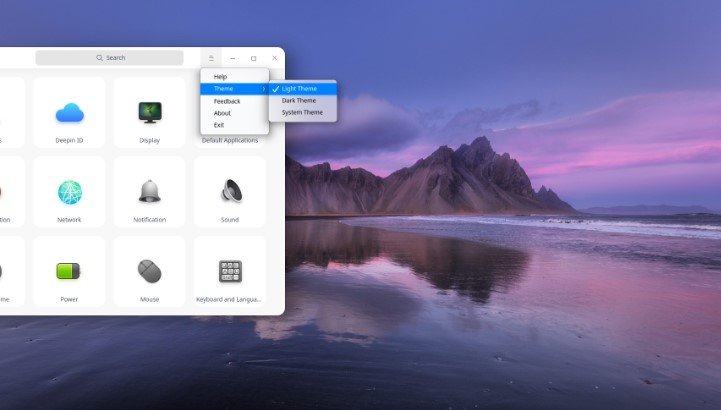Wayland takes over as the default display server, signaling a deeper shift in how Linux desktops are built—and used
Kubuntu, one of the more quietly consistent players in the Linux ecosystem, just made a call that longtime users won’t forget easily: it’s officially phasing out X11. From now on, new Kubuntu installs will default to Wayland.
That may sound like a technical backend change—and in many ways, it is—but for millions in the Linux world, it feels like the end of an era. Maybe even the beginning of something else entirely.
A Legacy That Spans Decades Is Now Optional
X11 has been around since the Reagan years. It’s the architecture that made desktop Linux feel, well, like a desktop. But after years of patchwork upgrades and kludgy compatibility layers, its age was starting to show. Wayland, its younger and sleeker cousin, has been inching into the spotlight for over a decade. Kubuntu just ripped off the band-aid.
You won’t find X11 on a fresh Kubuntu 25.10 install anymore—not unless you go out of your way to grab it.
And while it’s still technically installable through plasma-session-x11, the message is loud and clear: the distro’s focus is moving on.
“We probably can’t support X11 in 26.04 LTS either, so better to deal with it now,” wrote Rik Mills, a Kubuntu maintainer, in a refreshingly candid post on Ubuntu Launchpad. That’s about as blunt as Linux developers get.

Why Wayland? Why Now?
Let’s be honest—Wayland hasn’t had the smoothest ride. Sure, it’s been pitched as the future of Linux graphical systems. But critics weren’t wrong to point out that, for years, it was too incomplete for daily use.
The tides are shifting.
Recent releases of KDE Plasma have smoothed over major gaps in Wayland support. Screen sharing? Mostly fixed. Multi-monitor layouts? Better. Gaming? Getting there.
And more importantly, developers aren’t shy about admitting the truth: maintaining both Wayland and X11 sessions is exhausting. Supporting legacy display protocols eats up time that could be spent improving the new stuff.
There’s a clear reason for the timing, too. Kubuntu 25.10 isn’t an LTS (Long-Term Support) release. It’s the perfect testbed to go all-in before the more cautious 26.04 LTS rolls around.
One sentence to break it up: It’s now or never.
What This Means for Windows 10 Refugees
There’s another wrinkle here, and it’s a big one. Microsoft ends official support for Windows 10 in October. Millions of PCs, especially older ones, won’t upgrade cleanly to Windows 11. You can guess where some of those users are going to look next.
That’s right—Linux.
And Kubuntu, with its familiar desktop interface and low barrier to entry, could be a go-to for first-timers.
But here’s the catch: Wayland doesn’t behave exactly like Windows, and some things will feel off to new users. Apps might not act as expected. Display quirks could arise. And tools that rely on legacy screen capture methods may flake out.
-
Apps that depend on legacy protocols (like some screen recorders) may not work out-of-the-box
-
Older NVIDIA GPUs could face limited support without manual tweaks
-
Accessibility tools built around X11 might lag behind on Wayland
Still, for most people, it’ll work just fine. But it’s not a one-size-fits-all transition, especially for the Windows crowd.
The Bigger Linux Family Is Already Moving On
Kubuntu isn’t alone in this move. Its bigger sibling, Ubuntu, already went Wayland-first. Fedora’s been on Wayland for years. GNOME dropped X11 like a bad habit. Even Arch-based distros are starting to phase it out in their community ISOs.
Here’s how major Linux distros currently handle Wayland vs. X11 by default:
| Distribution | Default Display Server | X11 Available? |
|---|---|---|
| Ubuntu | Wayland | Yes |
| Fedora | Wayland | Yes |
| Kubuntu 25.10 | Wayland | Yes (manual) |
| Linux Mint | X11 | Yes |
| Arch Linux | User choice | Yes |
So yeah—this was coming. Still, for many users who’ve spent decades relying on X11, the move feels abrupt.
Stability vs. Modernization—Still a Divisive Debate
Talk to Linux veterans and you’ll hear it: X11 may be old, but it’s stable. Like, rock-solid. It may not be secure by modern standards. It may not be efficient. But it just works. Or at least it did.
Wayland still feels like it’s figuring things out. Window placement bugs pop up. Fractional scaling is hit-or-miss. Power users with weird monitor setups? Get ready to tinker.
But the writing’s on the wall.
Mills put it bluntly: trying to support both at once is more of a headache than it’s worth. And in the long run, users are better off with one clear direction, even if there’s a few bumps.








